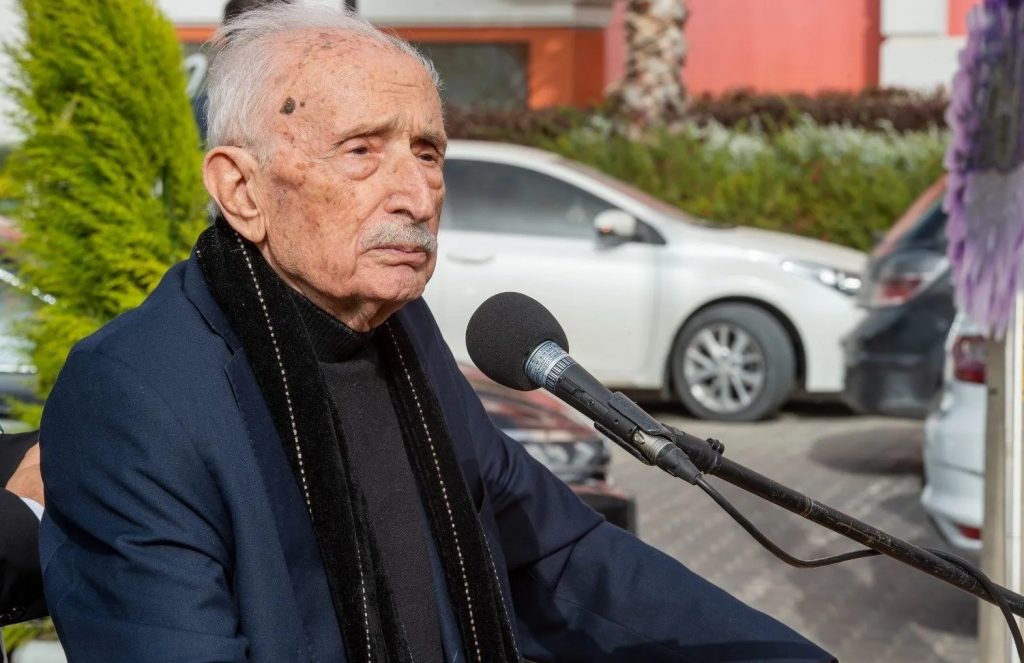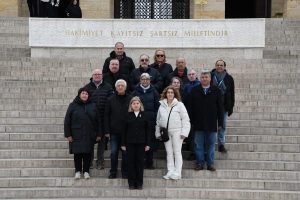ASUK celebrate renowned photographer Hanri Benazus
HANRI Benazus, who is known for books on Atatürk and an archive that includes his collection of photographs of Atatürk was immortalized in Imizir Turkey.
The street where Benazus lives in Karşıyaka has now be named after him. In London the Atatürk Society UK (ASUK) shared a statement sending their congratulation and thanking his for his work.
“We are very happy with the news that your name was given to the street you live in the Mavişehir District of Karşıyaka. What an honour, what a pride. It is very meaningful for İzmir to thank you for your love for İzmir and for protecting the greatness of Atatürk’s spirit with great enthusiasm, by showing such great respect and by responding with a gift that very few people have been given. It must be such a wonderful feeling to accept this unique gift!
“We are happy to have the opportunity to get to know you better at our activities on virtual platforms in recent years, living abroad, but deeply attached to our homeland and united by the eternal light of Atatürk. When we come to İzmir, we will definitely pass by Hanri Benazus Street with great pride.”

Speaking at the ceremony, Hanri Benazus said, “It is my most honourable day. You know, street names are usually given after people die. My president did this while I was alive. What can I say about that! I am an Izmir enthusiast. I am a patient of Izmir. If I could, I would like to change my population; I would like to make my name İzmir, my surname İzmir, and my birthplace İzmir. The name of this place was not given because I donated the photos. This decision was made by the parliament long before I donated the photos. Thank you very much to everyone,” he said.
On October 1937, 9, at the age of 7, Benazus met Atatürk in the Ortaklar town of Aydın He never forgot that day, He devoted his life to explaining Atatürk and his dream Republic. Since 1947, he has reached a huge collection of 10 thousand Atatürk photographs, of which 20 thousand were taken, of which the place and date were determined. He created the visual archive of the Dardanelles War with 900 square photographs he obtained from the war archives of New Zealand, Sydney, Canberra, London, Paris and Berlin.









